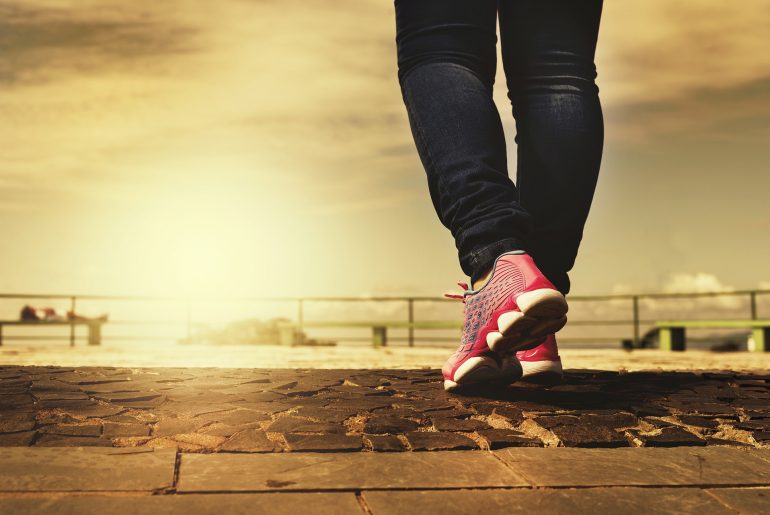We’ve all heard that moving is good for our bodies and that the more we do it, the better. Being active not only supports circulatory, muscular and skeletal system health, helping to make us fitter and stronger, it also has the power to reduce the likelihood of some cancers developing. So, what about our minds? What happens to our mental wellbeing when we are physically active? It turns out, exercise can play a key role in reducing the symptoms of anxiety and depression. Even for moderate to severe cases of depression or for those experiencing chronic health or neurological conditions, where the risk of developing depression is greater. Exercise can also help with improving our sleep quality, which can be impacted by depression and anxiety. And whilst engaging in regular physical activity in leisure time not only helps to reduce symptoms of depression in adults, it may even play a role in preventing depression from developing. So, how much physical activity is ‘enough’? And can we count the house-work? The Australian Government recommends that the average adult should aim for 2.5 to 5 hours of moderate intensity physical activity each week or 1.25 to 2.5 hours of vigorous intensity…
![]()










